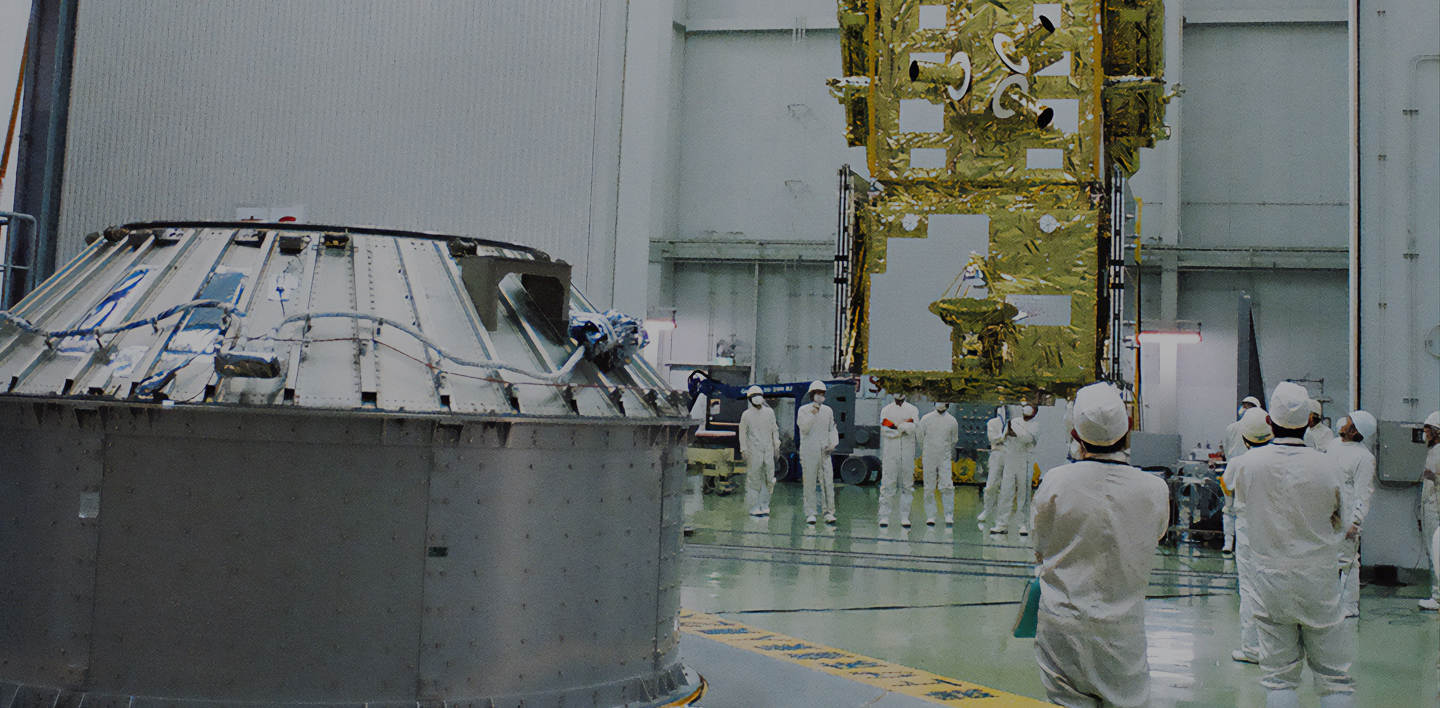

Applications
2022.03.17 Thu
Joint Submissions to the Global Stocktake of the Paris Agreement
– Satellite observations contributing to address climate change –
JAXA has made five joint submissions to the first Global Stocktake (GST) of the Paris Agreement together with the Institute for Global Environmental Strategies (IGES), Japan International Cooperation Agency (JICA), ANA HOLDINGS INC. (ANAHD), Brazilian Institute of Environment and Renewable Natural Resources (IBAMA), solo Earth Observation (soloEO), Wetlands International, Aberystwyth University and The Nature Conservancy.
Last November, the rules for the implementation of the Paris Agreement were finally approved at the 26th Conference of the Parties (COP26) to the United Nations Framework Convention on Climate Change (UNFCCC) in Glasgow. From 2022 onwards, countries are required to increase their levels of ambition in accordance with the approved rules, to achieve the long-term goals of the Agreement. The GST is a mechanism to assess global progress towards achieving these goals of the Paris Agreement (referred to in Article 14).
The first GST was initiated at COP26 and is due to conclude in November 2023, at COP 28. In the light of “equity” and the “best available science”, countries are to assemble information on three thematic areas of climate change; “mitigation”, “adaptation” and “means of implementation and support” for the GST. Based on the information gathered, the collective progress and summarizes discussion results are to be assessed for the GST. The input will be provided by governmental and non-governmental stakeholders around the world.
Responding to the call for inputs from the Chairs of the Subsidiary Bodies of the UNFCCC, JAXA has led submissions based on the latest scientific achievements and good practices that are foreseen to contribute to solving global environmental issues related to the GST as useful information for enhancing the implementation of the Paris Agreement. Since COP17 (2011), JAXA has continuously presented achievements related to greenhouse gases and forest monitoring obtained from world-leading technologies/data of JAXA’s Earth observation satellites at numerous past COP meetings and will continue to contribute to addressing climate change challenges with space-based technologies and knowledge together with various partners.
The five joint submissions can be found here:
-
The decadal global atmospheric greenhouse gas concentration trends observed by Japan’s Greenhouse gases Observing SATellite (GOSAT)
Joint submitting organization: IGESSummary: Presents the increasing trends of carbon dioxide and methane concentrations based on the observation data from GOSAT, which has been continuously observing the global distribution of greenhouse gas concentrations for 13 years. -
The JAXA/GOSAT GHG product for tracking city-level emission changes / GOSAT
Joint submitting organization: IGESSummary: JAXA’s research product (carbon dioxide) from GOSAT is indicating that the CO2 emissions in Tokyo were reduced due to the impact of the COVID-19 pandemic. -
Real-time anthropogenic emission observations from Japanese passenger aircrafts in support of the monitoring of the climate mitigation progress
Joint submitting organizations: IGES, ANA HOLDINGS INC.Summary: Introducing the GOBLEU* Project for real-time observations and visualization of emission distribution in city areas in Japan using airborne GOSAT observation equipment onboard All Nippon Airways (ANA) commercial airline flights.
* GOBLEU: Greenhouse gas Observations of Biospheric and Local Emissions from the Upper sky -
A satellite-based deforestation monitoring system for tropical forests, “JICA-JAXA Forest Early Warning System in the Tropics (JJ-FAST)”
Joint submitting organizations: IGES, JICA, Brazilian Institute of Environment and Renewable Natural Resources (IBAMA)Summary: Introduction of the JICA-JAXA Forest Early Warning System in the Tropics (JJ-FAST) which is using observation data from Advanced Land Observing Satellite-2 (ALOS-2). JJ-FAST is an operational forest change monitoring service covering 78 countries, used, amongst others, for illegal deforestation monitoring in Brazil. -
Satellite-based map of global mangrove extent and changes: Global Mangrove Watch (GMW)
Joint submitting organizations: IGES, Aberystwyth University, solo Earth Observation (soloEO), Wetlands International, The Nature ConservancySummary: Submission describing the Global Mangrove Watch (GWM) datasets of global mangrove extent and changes between 1996 and present, which are based Synthetic Aperture Radar (SAR) data from JAXA’s JERS-1, ALOS and ALOS-2 satellites. The GMW datasets can be used to support nature-based solutions for climate change mitigation and adaptation.
Related links:
Search by Year
Search by Categories
Tags
-
#Earthquake
-
#Land
-
#Satellite Data
-
#Aerosol
-
#Public Health
-
#GCOM-C
-
#Sea
-
#Atmosphere
-
#Ice
-
#Today's Earth
-
#Flood
-
#Water Cycle
-
#AW3D
-
#G-Portal
-
#EarthCARE
-
#Volcano
-
#Agriculture
-
#Himawari
-
#GHG
-
#GPM
-
#GOSAT
-
#Simulation
-
#GCOM-W
-
#Drought
-
#Fire
-
#Forest
-
#Cooperation
-
#Precipitation
-
#Typhoon
-
#DPR
-
#NEXRA
-
#ALOS
-
#GSMaP
-
#Climate Change
-
#Carbon Cycle
-
#API
-
#Humanities Sociology
-
#AMSR
-
#Land Use Land Cover
-
#Environmental issues
-
#Quick Report
Related Resources
Related Tags
Applications Related Articles
-
 Applications 2024.01.15 Mon The Use of Earth Observation Satellite Data in the Humanities and Social Sciences (2)
Applications 2024.01.15 Mon The Use of Earth Observation Satellite Data in the Humanities and Social Sciences (2) -
 Applications 2023.11.29 Wed The Use of Earth Observation Satellite Data in the Humanities and Social Sciences (1)
Applications 2023.11.29 Wed The Use of Earth Observation Satellite Data in the Humanities and Social Sciences (1) -
 Applications 2023.08.04 Fri Contribution to SDGs Goal 6 “Clean Water and Sanitation”
Applications 2023.08.04 Fri Contribution to SDGs Goal 6 “Clean Water and Sanitation” -
 Applications 2023.07.10 Mon Contribution to SDGs Goal 15 “Life on Land”
Applications 2023.07.10 Mon Contribution to SDGs Goal 15 “Life on Land”

















